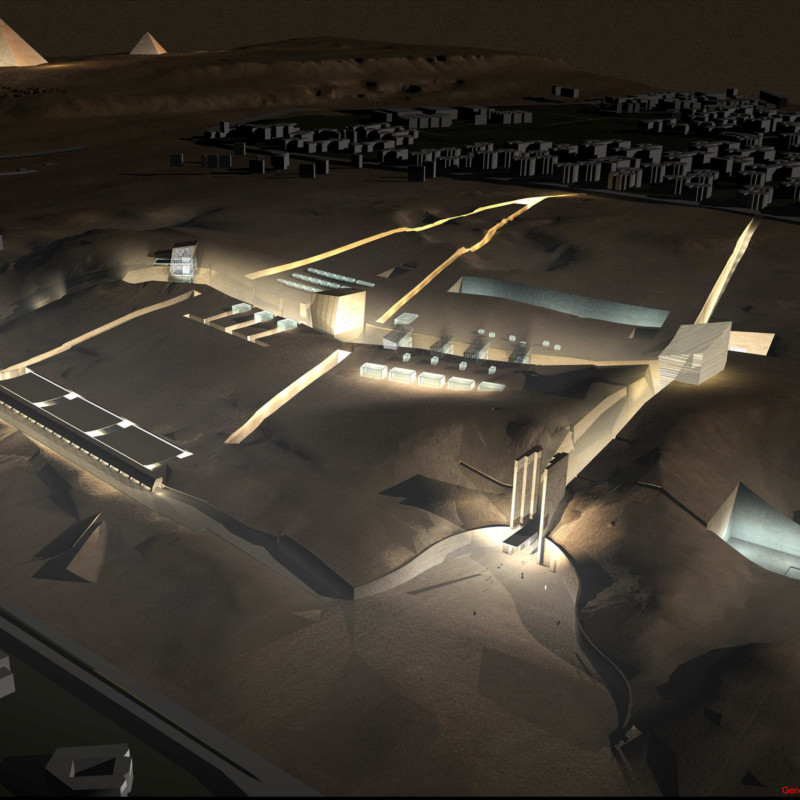5 key facts about this project
This project serves a vital function within its community, providing spaces that cater to both individual needs and collective activities. The layout and organization of the interior spaces demonstrate a clear understanding of their intended use, enabling a flow that is intuitive and user-friendly. Each area is designed with purpose, whether it is open communal spaces that encourage interaction or more private areas that foster individual focus. Such thoughtful consideration of spatial relationships enhances the overall user experience, leading to a harmonious coexistence between various activities.
One of the important aspects of the project is its materiality. The design employs a carefully curated selection of materials including reinforced concrete, steel, glass, timber, and natural stone. Each material was chosen not only for its structural properties but also for the way it interacts with light and the surrounding landscape. The combination of these materials creates an inviting atmosphere while highlighting the project's commitment to sustainability. For example, the use of timber may evoke a sense of warmth and connection to nature, while the expansive glass surfaces maximize natural light, reducing energy consumption and enhancing the livability of the space.
The unique approaches evident in the architectural design further distinguish this project from others. The incorporation of sustainable technologies is evident through features such as solar panels and green roofs, which not only minimize environmental impact but also promote a sense of responsibility among users. These elements showcase how the project is not just a building but a statement about the future of architecture in a world increasingly focused on sustainability. The design also considers the surrounding natural environment, allowing for seamless transitions between indoor and outdoor spaces. Landscaping around the building incorporates native plant species, reinforcing the connection to the local ecosystem and enhancing biodiversity.
Attention to detail is apparent throughout the project, from the thoughtful selection of furnishings that complement the overall design aesthetic, to the subtle architectural elements that draw the eye without overwhelming the senses. The interplay between structural forms and functional requirements results in a cohesive architectural statement that speaks to both innovation and respect for tradition. The careful crafting of both exterior and interior spaces ensures that the project is not only visually appealing but also serves its intended purpose effectively.
As an architectural endeavor, this project stands as an example of how design can effectively address contemporary challenges. Through its practical functionality, sustainable measures, and aesthetic sensibility, it encourages a closer examination of architectural principles and community needs. To gain deeper insights into the project's architectural plans, sections, designs, and ideas, interested readers are encouraged to explore the project presentation for a more thorough understanding of its complexities and outcomes.


 Ruben Verdi
Ruben Verdi 




















